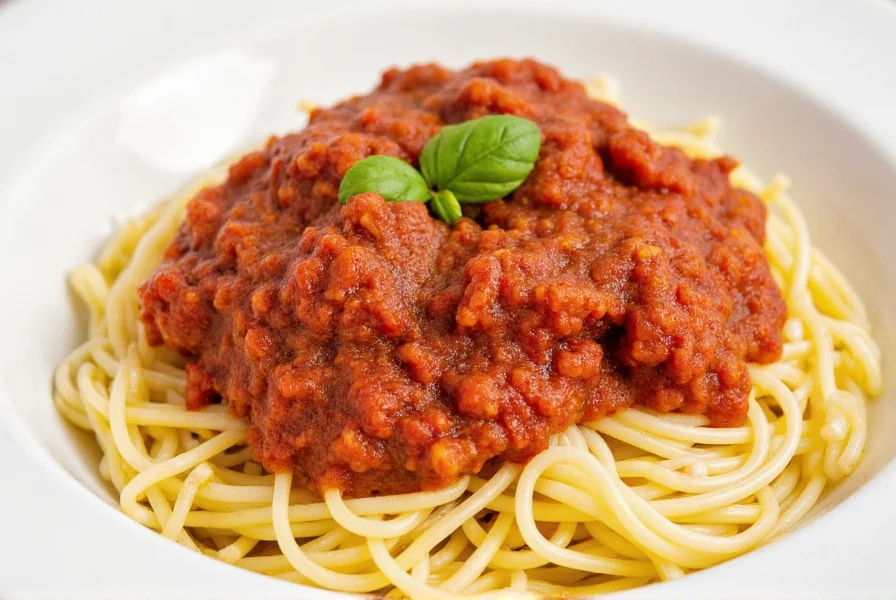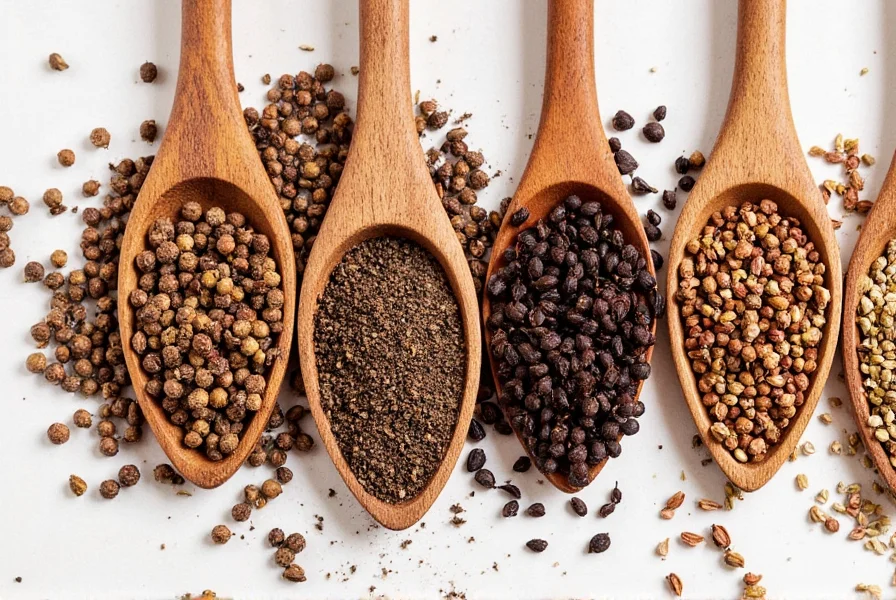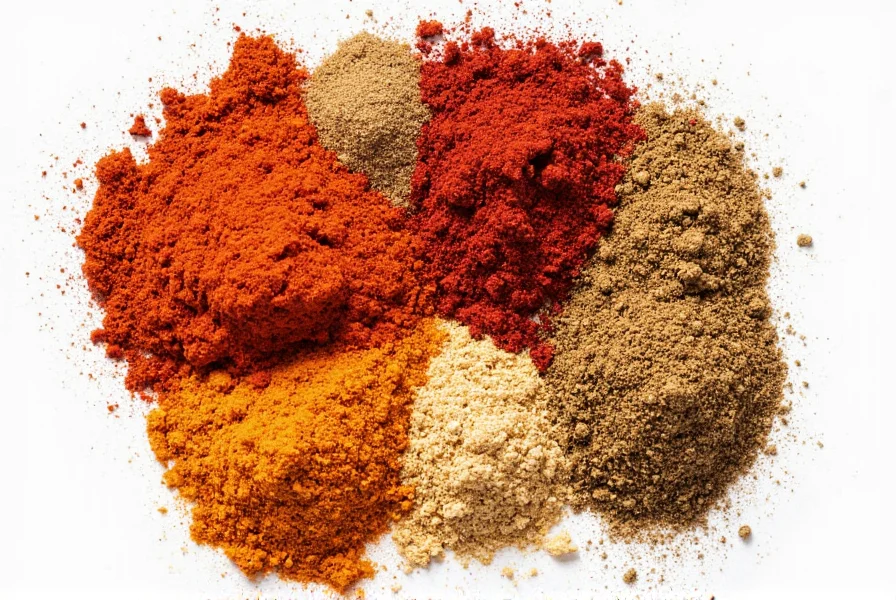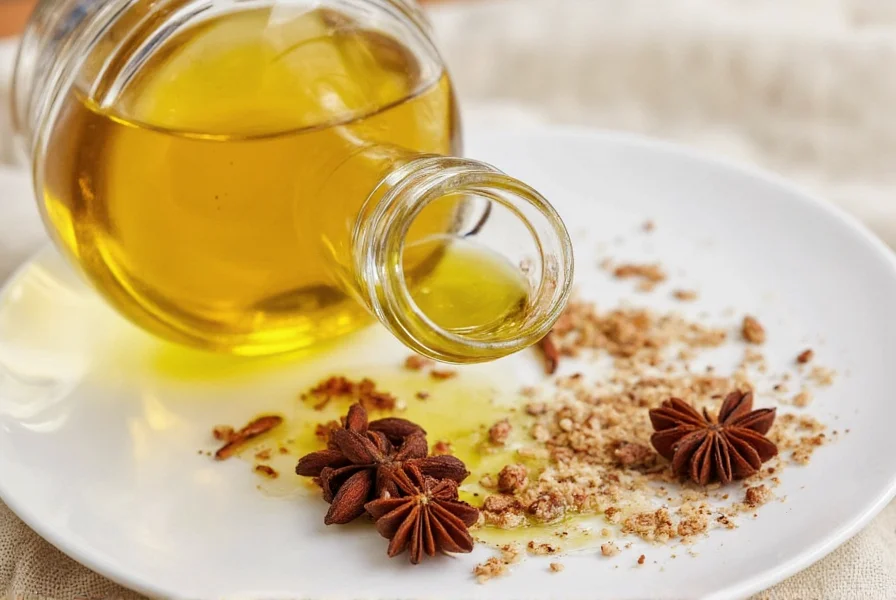Cuban cuisine's signature flavors come from a specific set of spices used in traditional dishes like ropa vieja and vaca frita. This guide covers the top 10 essential Cuban spices every home cook needs, including detailed flavor profiles, how to use them, and where to buy authentic options.
Table of Contents
- Introduction to Cuban Spices
- Top 10 Cuban Spices You Need to Know
- Spice Comparison Table
- How to Use Cuban Spices in Everyday Cooking
- Buying Guide: Where and How to Buy Authentic Cuban Spices
- Frequently Asked Questions About Cuban Spices
- Conclusion
A Flavorful Introduction to Cuban Spices
Traditional Cuban cooking blends Spanish, African, and Caribbean influences through a unique spice profile. These ingredients aren't random additions—they're the foundation of iconic dishes like ropa vieja, moro de guandules, and vaca frita. Let's explore the top 10 Cuban spices that deliver authentic flavor to every dish.
The Top 10 Cuban Spices You Can't Live Without
1. Cumin (Comino)
Cumin is the cornerstone of Cuban seasoning, offering earthy, slightly peppery notes that enhance meats and rice dishes. Its warm depth forms the base for many traditional recipes.
2. Oregano (Orégano Cubano)
Cuban oregano (Plectranthus amboinicus) differs from Mediterranean varieties with its stronger, pungent flavor. Used dried rather than fresh, it's essential for marinades and sauces.

3. Garlic (Ajo)
Garlic is fundamental in Cuban cooking, used both raw and roasted. Combined with citrus and oil, it creates the base for mojos and marinades that define Cuban flavors.
4. Bay Leaves (Laurel Cubano)
Bay leaves provide subtle bitterness that balances rich meats and beans in slow-cooked dishes. Typically used whole and removed before serving.
5. Smoked Paprika (Pimentón Ahumado)
This deep red spice delivers smoky complexity essential for Cuban chorizo and rice dishes. Unlike sweet paprika, it has pronounced woodsy notes that linger on the palate.
6. Cilantro (Coriander Leaves)
Fresh cilantro adds bright citrusy notes to garnishes and salsas. Perfect for cutting through heavier flavors in empanadas or grilled fish dishes.
7. Black Pepper (Pimienta Negra)
Freshly ground black pepper provides spicy kick without overpowering other flavors. Preferred over pre-ground for seasoning meats and soups in Cuban kitchens.

8. Cloves (Clavos de Olor)
Used sparingly, cloves add sweet warmth to braised meats and desserts. Often inserted into onions for long-simmered stews to infuse flavor gradually.

9. Annatto (Achiote)
Annatto seeds provide vibrant orange-red color and mild nutty flavor. Typically mixed with vinegar or citrus to make sobradao for meat marinades.
10. Salt (Sal)
Coarse sea salt is the foundational seasoning in Cuban cooking. Used as a finishing touch for grilled meats and seafood to enhance natural flavors.

| Spice | Flavor Profile | Common Uses | Heat Level |
|---|---|---|---|
| Cumin | Earthy, warm, peppery | Rice, meats, stews | Mild |
| Oregano | Pungent, herbal | Sauces, marinades | Mild |
| Garlic | Sharp, savory | All savory dishes | Mild to Medium |
| Bay Leaf | Bitter, herbal | Slow-cooked dishes | Mild |
| Smoked Paprika | Smoky, woody | Chorizo, rice | Mild |
| Cilantro | Herbal, citrusy | Garnish, salsas | Mild |
| Black Pepper | Spicy, sharp | Seasoning meats, soups | Medium |
| Cloves | Sweet, warm | Desserts, stews | Mild |
| Annatto | Nutty, earthy | Marinades, sauces | Mild |
| Salt | Savory, basic | Finishing touch | Mild |
How to Use Cuban Spices in Everyday Cooking
Incorporating Cuban spices into daily meals requires just the right pantry staples and creativity. Here are practical tips:
- Built-in Flavor Base: Create a "sofrito" using onion, garlic, bell pepper, cumin, smoked paprika, and oregano. This base transforms soups, stews, and rice dishes.
- Mojo Magic: Make quick mojo criollo with garlic, citrus juice, olive oil, salt, and cumin. Drizzle over grilled chicken, pork, or roasted vegetables for instant flavor.
- Grill Like a Cuban: Rub steaks or fish with annatto, garlic, and salt before grilling. Creates colorful crust and rich flavor that impresses guests.
- Bean Boost: Add bay leaf and smoked paprika to black beans. Simmer slowly and serve with rice for authentic Cuban meal.
- Salsa Upgrade: Chop fresh cilantro with lime juice, garlic, and salt for zesty garnish on tacos, empanadas, or grilled fish.
Buying Guide: Where and How to Buy Authentic Cuban Spices
Ready to stock your kitchen with authentic Cuban spices? Here's what to look for:
Where to Buy Cuban Spices
- Latin Grocery Stores: Carry traditional Cuban spice blends like adobo cubano and sazón cubano.
- Online Retailers: Amazon, Penzeys, and Etsy offer hard-to-find spices like Cuban oregano and annatto seeds.
- International Markets: Farmers' markets or ethnic markets often carry freshly ground spices or bulk options.
What to Look For
- Freshness: Check expiration dates, especially for herbs like oregano and spices like garlic powder.
- Origin: Opt for "100% pure" products avoiding unnecessary fillers.
- Packaging: Choose airtight containers or vacuum-sealed bags for longer shelf life.
Top Products to Consider
- Goya Adobo Cubano: Ready-made blend of garlic, oregano, salt, and pepper. Great for busy cooks.
- Sazón Cubano Goya: Adds color and flavor to rice dishes with annatto and coriander.
- La Flor Cumin: High-quality cumin with strong aroma and flavor.
- McCormick Bay Leaves: Reliable and affordable option for everyday cooking.
- Penzeys Smoked Paprika: Rich, smoky flavor with no added preservatives.
Frequently Asked Questions About Cuban Spices
Have questions about Cuban spices? We've got answers to the most common queries from home cooks and culinary enthusiasts.
- Q: What are the essential Cuban spices every kitchen should have?
A: The essential Cuban spices include cumin (comino), Cuban oregano, garlic, bay leaves, smoked paprika, cilantro, black pepper, cloves, annatto (achiote), and salt. These form the foundation of authentic Cuban cooking, with cumin and Cuban oregano being particularly distinctive to the cuisine. - Q: How is Cuban oregano different from Mediterranean oregano?
A: Cuban oregano is stronger and more pungent than Mediterranean oregano. It's typically used dried rather than fresh in Cuban cooking and has a sharper herbal note that's essential in traditional marinades and sauces. The Cuban variety comes from a different plant species (Plectranthus amboinicus) compared to the Mediterranean oregano (Origanum vulgare). - Q: What is the most important spice blend in Cuban cooking?
A: The most important spice blend in Cuban cooking is sofrito - a flavor base made with onions, garlic, bell peppers, and key spices like cumin, smoked paprika, and Cuban oregano. Another essential blend is mojo criollo, which combines garlic, citrus juice, olive oil, salt, and cumin for marinating meats and adding flavor to dishes. - Q: How should I store Cuban spices to maintain their freshness and potency?
A: Store Cuban spices in airtight containers away from heat, light, and moisture. Whole spices like cloves and peppercorns last longer (3-4 years) than ground spices (1-2 years). Cuban oregano and cumin should be kept in dark glass containers. Annatto seeds are best stored in the refrigerator to preserve their coloring properties. Proper storage ensures maximum flavor when preparing authentic Cuban dishes. - Q: Can I substitute regular paprika for smoked paprika in Cuban recipes?
A: While you can substitute regular paprika, you'll miss the distinctive smoky flavor that's characteristic of many Cuban dishes. Smoked paprika (pimentón ahumado) is essential for authentic flavor in Cuban chorizo and certain rice dishes. If you don't have smoked paprika, you could try adding a tiny drop of liquid smoke to regular paprika, but the flavor won't be quite the same as traditionally prepared Cuban dishes. - Q: What Cuban dishes rely most heavily on specific spice combinations?
A: Ropa vieja relies heavily on cumin, garlic, and oregano. Moro de guandules (rice and pigeon peas) features cumin and annatto for color and flavor. Vaca frita (shredded beef) uses garlic, cumin, and black pepper as its flavor foundation. Cuban black beans typically include cumin, oregano, and a bay leaf. Mojo marinade, essential for many Cuban meats, combines garlic, citrus, olive oil, and cumin.
Final Thoughts: Spice Up Your Kitchen the Cuban Way
Cuban spices are more than just seasonings—they're storytellers of history, heritage, and heart. From the smoky allure of paprika to the zesty brightness of cilantro, each spice plays a vital role in creating dishes that dance on the tongue.
Whether you're preparing a Sunday roast or experimenting with new recipes, Cuban spices offer a unique way to elevate your cooking. So go ahead—grab a few key ingredients, embrace the spirit of Cuban cuisine, and let those flavors take center stage in your kitchen!










 浙公网安备
33010002000092号
浙公网安备
33010002000092号 浙B2-20120091-4
浙B2-20120091-4